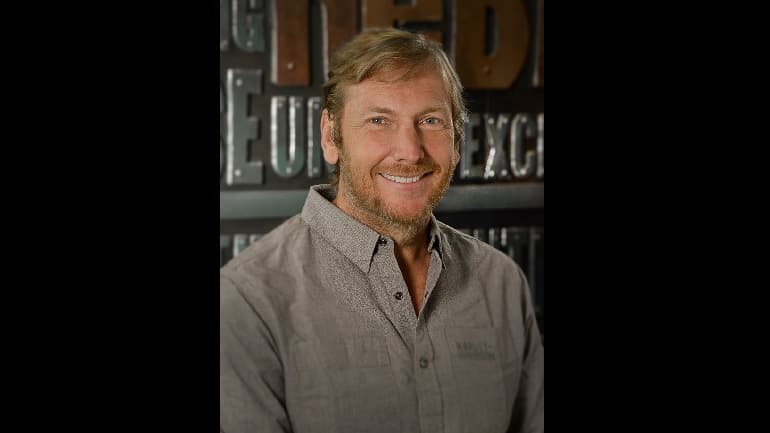Harley-Davidson Inc. has seen its share of financial challenges in recent years, but the second quarter of 2020 took things to another level.
The Milwaukee-based motorcycle maker’s total revenue was nearly cut in half, down 47% to $865 million. Retail sales of motorcycles dropped 27% in the U.S., 30% in Europe, the Middle East and Africa and 51% in Latin America. The Asia Pacific region was the bright spot with sales down 10%.
In the end, Harley reported a $92 million net loss for the quarter compared to $196 million in net income last year.
Of course, the coronavirus pandemic made selling motorcycles difficult during the quarter. While 93% of Harley dealerships were open by the end of June, just 40% were open at the end of April and 80% were open by the end of May.
Harley also had its manufacturing facilities shut down for much of the quarter, limiting productivity and impacting its profitability.
At the same time, Harley’s quarter did not measure up well against competitors. It wasn’t long ago the company had more than 50% of the market for 601cc and up motorcycles. In the second quarter, Harley had 38.5% market share, down 8.1 percentage points from last year.
Larry Hund, chief commercial officer of Harley, said the company’s share was impacted by growth in areas the company doesn’t compete in, lower fleet sales because of reduced tourism and increased promotional activity by other brands.
Jochen Zeitz, chairman, president and CEO of Harley, indicated the company is more focused on other elements of its business currently.
“Share is more meaningful once supply and demand is balanced and until then it’s really the desirability of the brand that’s more important,” Zeitz said.
Harley worked to limit inventory of motorcycles in its dealer network during the quarter, ending the quarter with 17,000 fewer bikes at dealerships in the U.S. and a 32% drop in global inventories. Hund said the company saw the gap between new and used Harley prices narrow during the quarter as a result of the efforts.
One of the challenges Harley has faced is lower used motorcycle prices limiting demand for the company’s new bikes, but Zeitz said the challenges reach into other areas as well.
“As we’ve worked through The Rewire, it was very evident to me that we had lost our focus on the strength of our brand in favor of promotion activities which erode our value and the investment our riders make in our products,” he said. “We are not willing to sacrifice the strength of our legacy in a quest for pure volume growth growing forward.”
“The Rewire” is a sweeping plan Zeitz has unveiled since taking over as CEO in March. Harley had already announced the elimination of
around 700 positions globally as part of the plan. On Tuesday, the company said it would also streamline its motorcycle model offerings by 30%, exit select international markets and focus on around roughly 50 markets primarily in the North America, Europe and Asia.
Harley is also shifting its model year launch from August to the first quarter of the year in an effort to stimulate interest ahead of the riding season and making organizational changes to how its business operates.
The company said The Rewire will deliver around $250 million in cash savings this year, partially offset by a $42 million restructuring charge.
Zeitz said while the last few weeks have been tough as the company made changes, his sense is that employees understand the efforts are not for cost cutting but rather to set the business up to succeed going forward.
“The culture has suffered. The company has seen five consecutive restructurings every year in order to chase the downward trend in sales. That has affected morale and engagement by our team members around the world, which is totally understandable,” Zeitz said.
“A lot of the things that didn’t happen are very much down to the way the company was run, the way the organization was structured, the way the processes were defined and that’s why this is a very comprehensive reset,” he added
Zeitz, a member of Harley’s board of directors since 2007, said the company’s previous leadership had been too removed from the business and its culture. Among the areas he wanted to improve was the level of engagement with factories by senior management. In particular, he says he wanted to address peaks and valleys in the production of products.
"It’s just inconceivable that you lay off people to then rehire three months later, that is never good for quality if in the interim you have to bring in casual workers to fill the gap, not having the same experience, not putting the same focus on quality so that's something we need to work on," Zeitz said.


